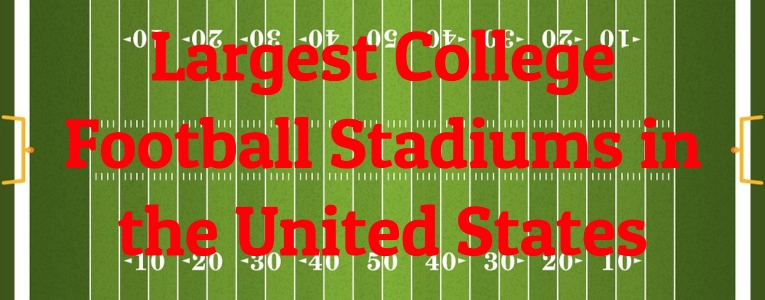People all around the United States love to get together and bond over college football. While some fans are content to watch the games from a comfortable spot on the couch, many consider the experience of watching a game at the stadium in person to be irreplaceable. Year after year, football fans turn up to watch the games, filling up stadiums across the country in the process.
So, just how many fans can the largest American college football stadiums accommodate? Today we’ll be checking out the top 10 largest college football stadiums in the United States, and learning a little bit about their history and unique features.
-
Sanford Stadium
Location: Athens, Georgia
Year Founded: 1929
Unique Feature: Signature privet hedges
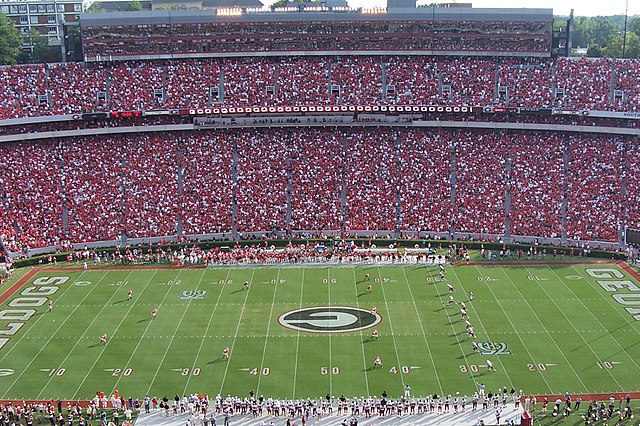
Source: wikimedia.org
As the fifth largest on-campus stadium in the country, the Sanford Stadium has seen numerous expansions throughout its history, all of which were carefully tailored to preserve its signature look. The funding for the original construction of the stadium was largely made up of loans guaranteed by members of the athletic association in return for lifetime seats in the stands.
Did You Know?
One of the Sanford Stadium’s iconic features is the set of privet hedges that surrounds the field, giving rise to the saying that games in the stadium are played “between the hedges”.
So, just how many fans can the largest American college football stadiums accommodate? For those intrigued by these massive structures and wondering how to craft an engaging discussion or “write my essay” about them, we’ll explore various angles you could take.
-
Los Angeles Memorial Coliseum
Location: Los Angeles, California
Year Founded: 1923
Unique Feature: Home to multiple teams
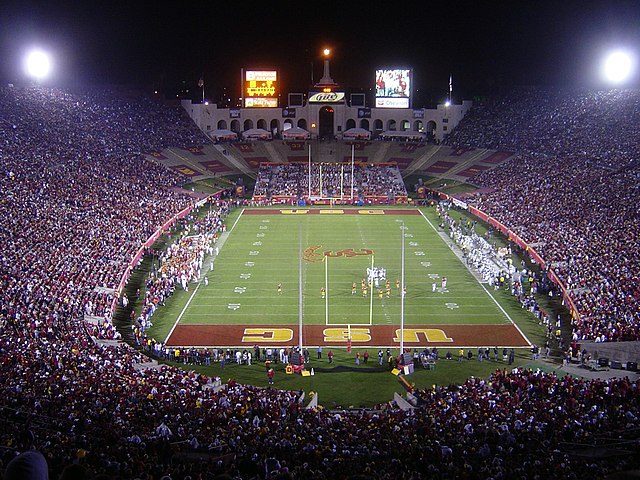
Source: wikimedia.org
The Los Angeles Memorial Coliseum has been called “The Greatest Stadium in the World” due to its rich history and dedication to World War casualties. The coliseum was also the site of a Guinness World Record: in March of 2008, the LA Dodgers and the Boston Red Sox drew a crowd of 134,254–the largest attendance ever at a baseball game.
Did You Know?
Along with football and baseball games, the Los Angeles Memorial Coliseum has also hosted public appearances from figures such as Nelson Mandela and Billy Graham.
-
Darrell K Royal–Texas Memorial Stadium
Location: Austin, Texas
Year Founded: 1924
Unique Feature: Statue representing democracy
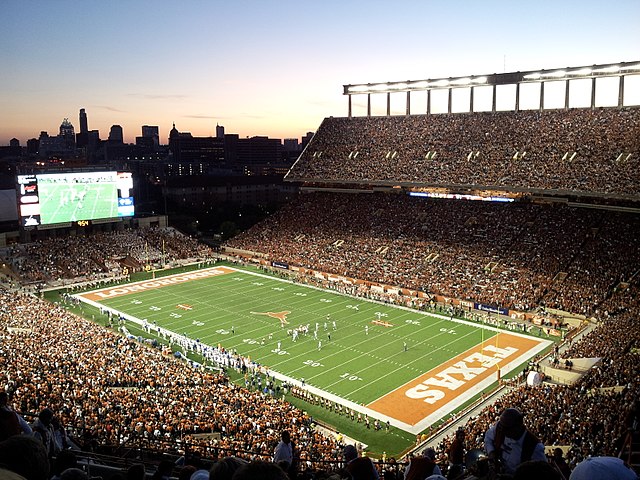
Source: wikimedia.org
Formerly known as the War Memorial Stadium and the Texas Memorial Stadium, this venue is located at the University of Texas at Austin and is home to the Longhorns football team. This stadium is unique in that it also serves as a war memorial to the many Texans who lost their lives in the World Wars.
Did You Know?
After the 2005 season, a giant 55-foot high by 134-foot wide video display was installed at the south endzone, which was nicknamed “Godzillatron”.
-
Bryant–Denny Stadium
Location: Tuscaloosa, Alabama
Year Founded: 1929
Unique Feature: High walls and seating
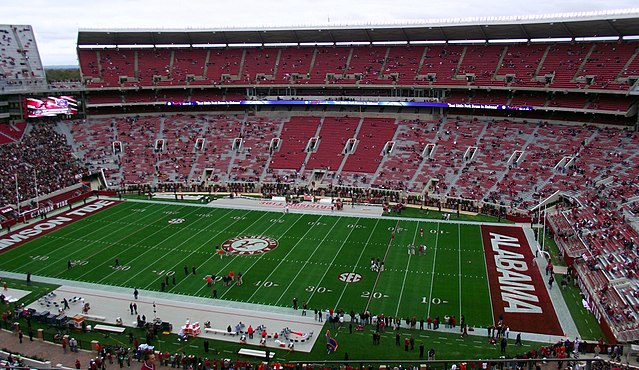
Source: wikimedia.org
This outdoor stadium is home to the Alabama Crimson Tide football team, and was named for the former University of Alabama’s president from 1912 to 1932: George H. Denny. This stadium has undergone a number of renovations that increased its seating capacity, with as many as 17,000 seats being added at a time.
Did You Know?
The Bryant-Denny Stadium maintained a classic look to its field for many years, keeping to practical game markings on the turf and avoiding logos all the way up until the 2002 season.
-
Tiger Stadium
Location: Baton Rouge, Louisiana
Year Founded: 1924
Unique Feature: Extremely loud acoustics
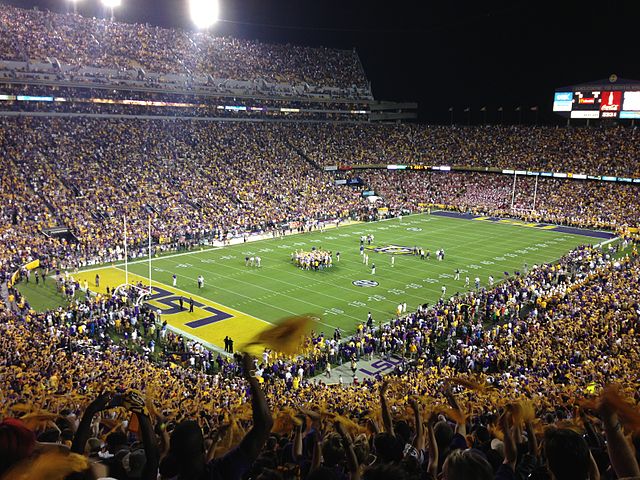
Source: wikimedia.org
This Baton Rouge stadium is home to the LSU Tigers football team, and is known for being an intimidating place for opposing teams to play. The stadium can get exceptionally loud once the game gets going, creating an oppressive atmosphere for rivals. It has earned the nickname “Death Valley,” and LSU coach Les Miles called it the place where opponents’ dreams go to die.
Did You Know?
During the sobering aftermath of Hurricane Katrina, the Tiger Stadium opened its doors and hosted several New Orleans Saints games.
-
Neyland Stadium
Location: Knoxville, Tennessee
Year Founded: 1921
Unique Feature: Checkerboard end zone
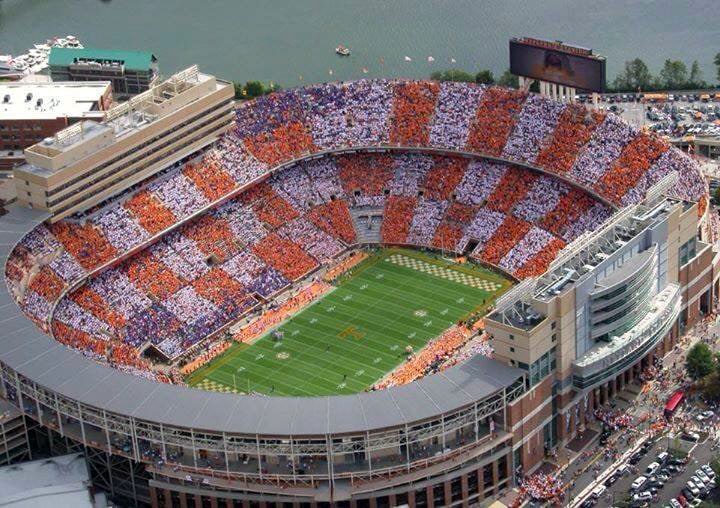
Source: wikimedia.org
The second largest stadium in the Southeastern Conference, the Neyland Stadium serves as the home of the Tennessee Volunteers and has hosted several NFL exhibition games. The stadium was named after General Robert Neyland, who served three stints as the University of Tennessee’s head football coach.
Did You Know?
While the Neyland Stadium has undergone several expansions and renovations over the years, some renovations actually decreased the seating capacity in order to make room for other accommodations.
-
Kyle Field
Location: College Station, Texas
Year Founded: 1927
Unique Feature: Well-researched renovations
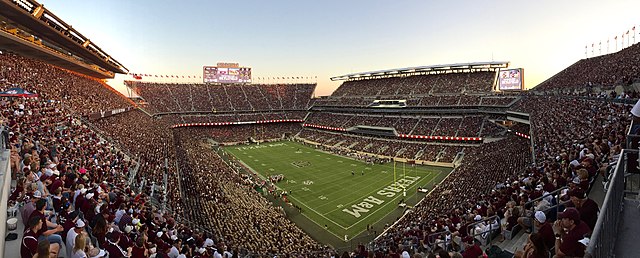
Source: wikimedia.org
Proud home to the Texas A&M Aggies football team, Kyle Field is the largest in the Southeastern Conference. The University renovated the stadium during recent years to provide a better fan experience, adding canopies and improving acoustics. Even better, these improvements were completed in 22 months and tailored around the game schedule to avoid interference.
Did You Know?
Texas A&M University is the oldest higher education institution in Texas, and has a real, live mascot: a Rough Collie named Reveille.
-
Ohio Stadium
Location: Columbus, Ohio
Year Founded: 1922
Unique Feature: Horseshoe shape
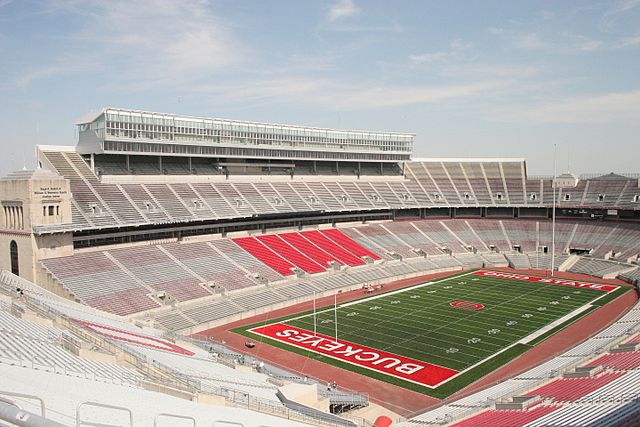
Source: wikimedia.org
Also known as “the House that Harley Built,” this magnificent stadium is located right on campus at the Ohio State University. When it opened, the Ohio Stadium was the largest stadium west of the Allegheny Mountains with a fan capacity of 66,210. The stadium soon saw more fans that it had the capacity to hold, requiring the Ohio State University to construct temporary stands at the open end of the structure.
Did You Know?
The horseshoe-shaped stadium originally featured a track running around the perimeter of the football field. However, the track was moved to a separate location to make room for seating closer to the field.
-
Beaver Stadium
Location: University Park, Pennsylvania
Year Founded: 1960
Unique Feature: Horseshoe seating configuration
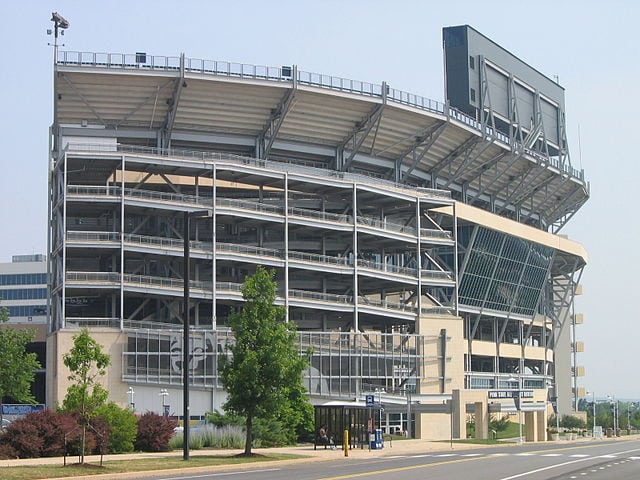
Source: wikimedia.org
The home of Penn State Football, the Beaver Stadium went through seven expansions to reach its current, staggering size–which is more than double what it used to be! One of the more memorable renovations closely followed the 1959 season, and involved moving the stadium across the Penn State University campus in 700 sections to establish the venue we know today.
Did You Know?
Before the construction of the Beaver Stadium, Penn State sports teams played on the grassy area in front of Old Main, the primary classroom building on campus.
-
Michigan Stadium
Location: Ann Arbor, Michigan
Year Founded: 1927
Unique Feature: Bowl shape

Source: wikimedia.org
The Michigan Stadium is the largest college football stadium in the United States. Also known as “The Big House” since the 1980’s, this stadium was built on the site of the Miller Farm, across the Ann Arbor Railroad track from the Ferry Field stadium. While technically designated as a stadium, the venue features a bowl-type construction with strategically placed entrances to let people disperse easily after the game.
Did You Know?
The price for the construction of the Michigan Stadium was $950,000 in 1927. Today, that equates to over $13 million!
